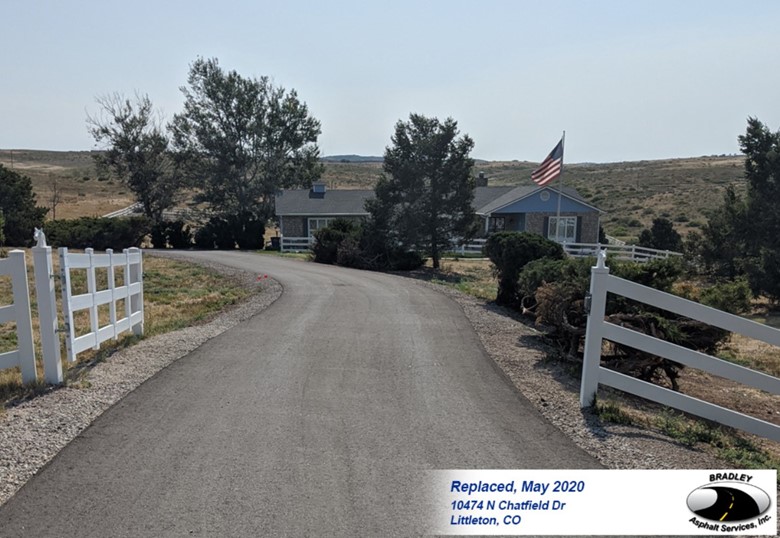
The Ultimate Guide to Laying Asphalt Paving in Spring in Denver
As the harsh winter snows of Denver start to thaw and give way to warmer temperatures, spring emerges as the perfect season for various outdoor projects, including laying asphalt paving. Whether you’re a homeowner looking to improve your driveway or a business owner planning to upgrade your parking lot, asphalt paving can enhance the aesthetics and functionality of your property. In this comprehensive guide, we will walk you through the essential steps and considerations for laying asphalt paving in spring in the Mile-High City.
Why Spring is Ideal for Asphalt Paving in Denver
Denver experiences cold and snowy winters, which can be harsh on existing asphalt surfaces. Spring provides a reprieve from the frigid temperatures, making it an excellent time for asphalt paving. Here are a few reasons why spring is an ideal season for this project:
- Thawed Ground: The ground has had time to thaw, making it easier to excavate and prepare the site for asphalt installation.
- Ideal Temperature: Asphalt paving requires a consistent temperature of at least 50°F (10°C) for proper curing. Spring temperatures in Denver typically fall within this range, ensuring a successful paving project.
- Reduced Moisture: Spring typically sees less rainfall compared to summer, reducing the chances of precipitation interfering with the paving process.
- Growth Season: Spring is the start of the growing season for grass and plants, so it’s an ideal time to plan landscaping and lawn restoration around your newly paved area.
Step-by-Step Guide to Laying Asphalt Paving in Spring
- Site Preparation:
- Clear the area of any debris, vegetation, and existing pavement if necessary.
- Properly grade and compact the sub-base to ensure stability.
- Address any drainage issues to prevent standing water.
- Planning and Design:
- Decide on the layout and dimensions of the paved area.
- Consider any specific needs such as drainage, slope, or accessibility.
- Obtain any necessary permits or approvals from local authorities.
- Material Selection:
- Choose the appropriate asphalt mix for your project, taking into account factors like traffic load and climate conditions.
- Base Installation:
- Lay a layer of crushed aggregate as a base for the asphalt.
- Compact the base material thoroughly to ensure a solid foundation.
- Asphalt Installation:
- Apply the hot mix asphalt using professional paving equipment.
- Ensure a smooth and uniform surface.
- Compact the asphalt to achieve the desired density.
- Curing and Compaction:
- Allow the asphalt to cool and cure for at least 24 hours.
- Use rollers to compact the asphalt further, ensuring a durable surface.
- Sealcoating (optional):
- Consider applying a sealcoat to protect the asphalt from UV rays, water, and other environmental factors.
- Line Striping and Marking:
- Mark parking spaces, traffic lanes, and other necessary designations.
- Clean-Up and Maintenance:
- Remove any excess material and debris from the site.
- Establish a regular maintenance schedule to prolong the life of your asphalt pavement.
Laying asphalt paving in spring in Denver can greatly enhance the functionality and curb appeal of your property while taking advantage of the milder weather conditions. By following the steps outlined in this guide and working with experienced professionals, you can ensure a successful asphalt paving project that will stand the test of time. Remember to prioritize proper site preparation, material selection, and maintenance to enjoy a smooth and durable asphalt surface for years to come.
Call us for more information – Duane (303) 947-7484



